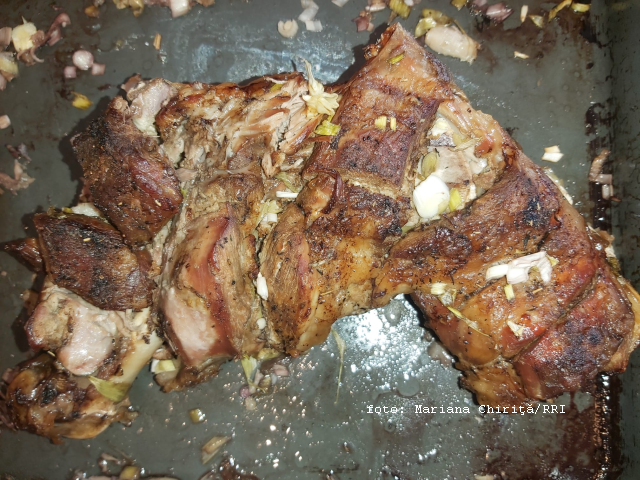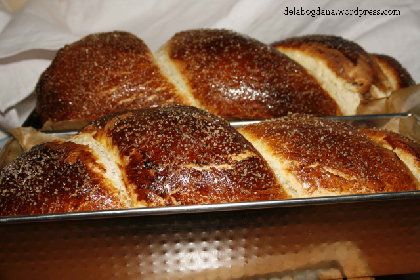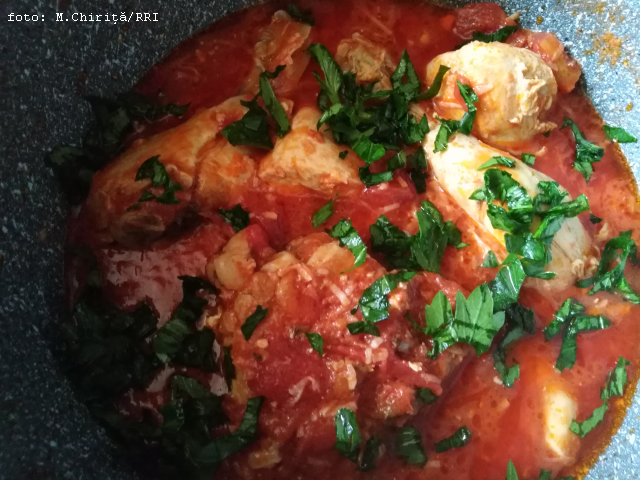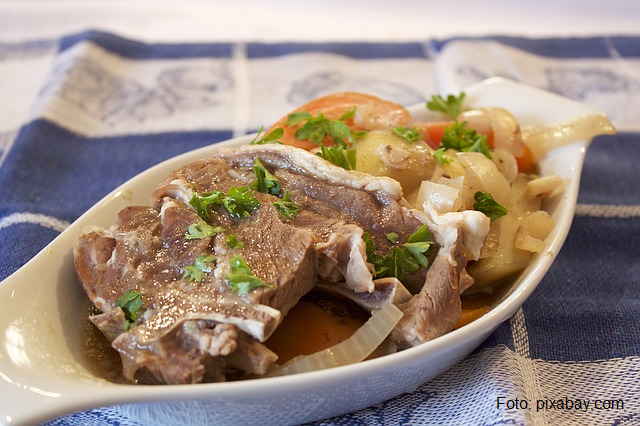Clay Pot Baking
This baking method was used during the Roman colonization, then later in the Middle Ages, and the recipe has been passed down from one generation to another down to this very day. In fact, the Romanian word for this type of baking, “ţest, comes from the Latin “testum, which means turtle shell and suggests the shape of the clay pot. Baking bread this way was rather common all across the Balkans. As compared to the oven, which is larger, the “ţest has the advantage of reaching the right temperature faster and not needing wood for the fire, only twigs and vegetable remains of sun-flower, corn or other types of dried vegetation. Another advantage is that the method can be used not only to bake bread, but also to cook meat and vegetable dishes.
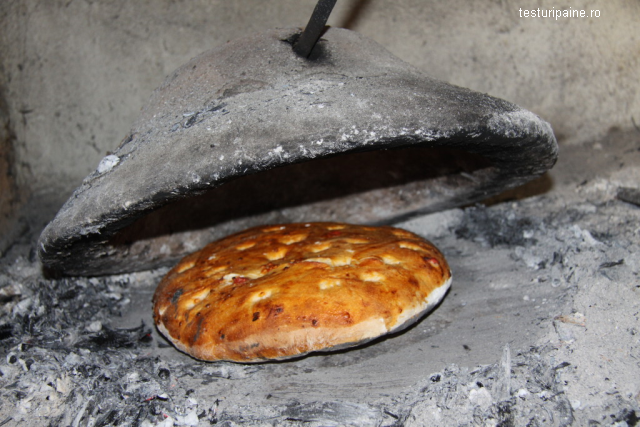
Ștefan Baciu, 27.05.2016, 19:17
This baking method was used during the Roman colonization, then later in the Middle Ages, and the recipe has been passed down from one generation to another down to this very day. In fact, the Romanian word for this type of baking, “ţest, comes from the Latin “testum, which means turtle shell and suggests the shape of the clay pot. Baking bread this way was rather common all across the Balkans. As compared to the oven, which is larger, the “ţest has the advantage of reaching the right temperature faster and not needing wood for the fire, only twigs and vegetable remains of sun-flower, corn or other types of dried vegetation. Another advantage is that the method can be used not only to bake bread, but also to cook meat and vegetable dishes.
Before telling you how to make this type of bread, we should first say that this mobile oven would be built, according to tradition, only on the Ropotin day, a feast celebrated on the third Tuesday after Easter, or, according to other local customs, on the first three days of Tuesday, Thursday and Saturday after Easter. Making these claypot ovens was a ritual, and its main aim was to keep away the hail storms that could have damaged the crops. It was made of yellow clay, mixed with horse manure and straws. Before being used, it had to be fired first, just like any other object used in the household. It can either have a handle to which a chain is attached to keep the top above the bakestone or holes through which metal rods are inserted, with the same role, of lifting up or down the claypot on the hot bakestone.
The first thing to do is to light a fire, and keep the embers under the bakestone for about half an hour. To make the dough you need flour, water, salt and yeast. In the old days, women would not use yeast, but the foam left by fermented fruit, used to make the traditional brandy called “tzuica. So, first knead the dough and then leave it to rest and grow. Place the flattened dough inside the hot clay pot, which you must first coat in egg or tomato juice. Place the pot on top the hot bakestone, where it should stay for about half an hour. If the heat is too much, you can remove the burnt top layer. But, in order to prevent that, fresh cabbage leaves can be placed on top of the dough, which are later removed.
As we mentioned earlier, the method can be used to also cook meat or vegetable dishes. So, inside an enameled pot we can put chicken, covered in spices and a little bit of oil, alongside potatoes, carrots, paprika, onion and green beans. The pot is kept on the bakestone for half and hour and the food can be served right away. Enjoy!

